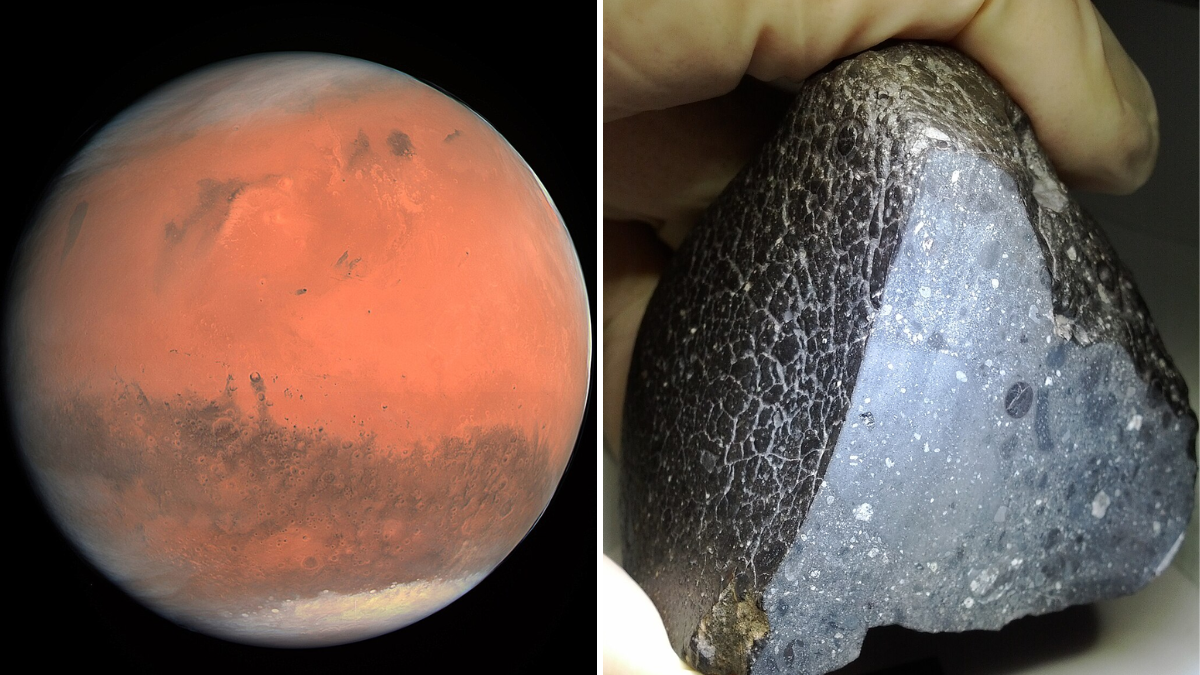“The hydrothermal systems They were essential for the development of life in the Land and our findings suggest that Mars also had water, a key ingredient for habitable environments,” he explained Aaron Cavosie at Curtin University, co-author of the research.
The authors managed to examine only a piece of the famous Martian meteorite Northwest Africa 7034 (NWA 7034), also recognized as Black Beautya rock from Morocco discovered in 2011 that was around almost 5 billion years.
mars.jpg
The researchers also detected the presence of aluminum, iron and sodium.
The discovery of the presence of “footprints“geochemistry of water-rich fluids in the ancient rock, allowed us to understand the ancient hydrothermal systems of the red planet and their habitability capacity from the past.
How the presence of water is determined
When carrying out investigations to verify the existence of water on another planet, in this case Mars, are taken into account three alternatives of study: observe from the own surface of the planet, with the use, for example, of NASA rovers; through spacecraft observations that orbit around; and with him study of meteorites Martians who fell on our Earth.
“The research showed that although the crust of Mars suffered massive meteorite impacts that caused major disruption to the surface, the water was present during the prenoacous period early, before about 4.1 billion years ago,” Cavosie added.
The importance of this study is to determine, through concrete tests, the existence of water on Mars and the antecedents that provide context to the creation of the planet and its characteristics.
What elements were found in the investigation
After studying the oldest Martian rock known on Earth, the NWA 7034“we found signs of hydrothermal processes, which means that they were exposed to hot water when they were formed in the distant past,” Cavosie said in The Conversation.
Among the findings, the researchers found aluminum, iron and sodium in the rocky object, elements that are not common to find in those spaces and that the authors conclude that “the answer is hot water.”
Source: Ambito




